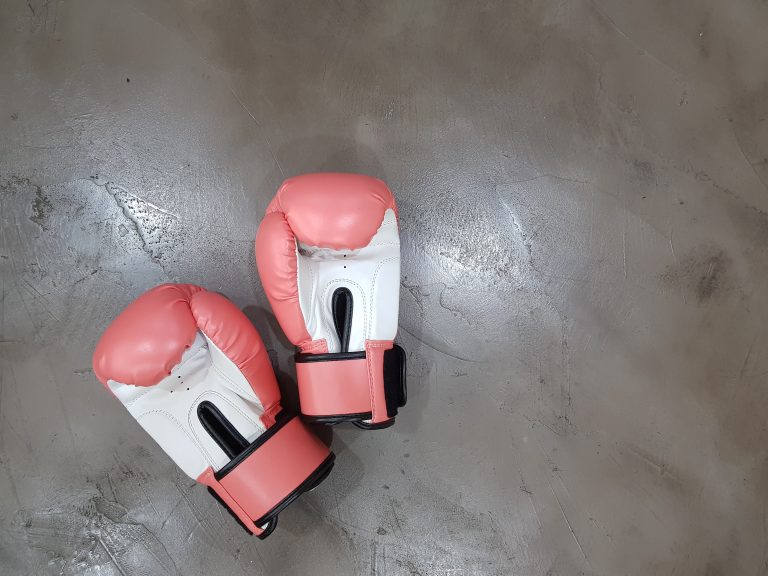Karate Belts Time Frame
Karate is a martial art that originated in Okinawa, Japan in the early 20th century. Since then, it has become a popular martial art that is practiced all around the world. One of the things that makes karate unique is the use of colored belts to indicate a student’s level of proficiency. In this article, we’ll take a closer look at the karate belt system and the time frame it takes to progress from one belt to the next.
The Karate Belt System
The karate belt system consists of colored belts that indicate a student’s level of proficiency. The color of the belt that a student wears corresponds to their rank, with white belts being the lowest level and black belts being the highest. The karate belt system is often divided into two categories: kyu grades (student grades) and dan grades (black belt grades).
Kyus are the lower ranks in the karate belt system that are given to students who are still learning and practicing the basic techniques of karate. Kyu grades are numbered in reverse order, with the highest kyu rank being 10th kyu (white belt) and the lowest being 1st kyu (brown belt). Once a student has earned their 1st kyu belt, they are eligible to test for their black belt.
Dans are the higher ranks in the karate belt system, denoting a student’s mastery of the art. These grades are represented by black belts, which are numbered in ascending order from 1st dan to 10th dan.
The Time It Takes to Earn a Karate Belt
The time it takes to earn a karate belt can vary depending on several factors, including the style of karate being practiced, the individual student’s skill level, and the requirements of the particular dojo or organization.
Typically, a student will need to practice karate for several months before they are eligible to test for their next belt. The exact amount of time can vary widely, with some organizations requiring a minimum of three months between belt tests, while others may require several years before a student can advance to the next level.
In general, it is recommended that students practice karate for at least a year before they attempt to earn their first belt. This time is necessary to develop a solid foundation of the basic techniques and principles of karate, which will be essential as they move into more advanced forms and techniques.
The Importance of Belt Testing
Belt testing is an essential part of the karate belt system, as it provides a way for students to demonstrate their knowledge and proficiency in the art. Testing typically involves performing a series of techniques and forms in front of a panel of judges or instructors, who evaluate the student’s performance and determine whether they are ready to advance to the next level.
Belt testing can be a challenging and rewarding experience for students, as it provides an opportunity to receive feedback on their performance and to identify areas that need improvement. It is also a chance to demonstrate the progress that has been made since the last belt test and to set goals for further improvement in the future.
The Bottom Line
Earning a karate belt takes time, dedication, and hard work. While the exact time frame can vary depending on several factors, including the style of karate being practiced and the individual student’s skill level, it typically takes several months to advance from one belt to the next. Belt testing is an important part of the karate belt system, providing students with the opportunity to demonstrate their proficiency and to receive valuable feedback on their performance. With patience, perseverance, and a commitment to excellence, anyone can advance through the ranks of the karate belt system and achieve the highest levels of mastery.
FAQs About Karate Belt Time Frame
Karate is one of the most popular martial arts disciplines that people of all ages and genders enjoy practicing. Karate has a unique ranking system in which practitioners are awarded different colored belts based on their level of experience, skill, and knowledge. The belt system signifies a student’s progress and dedication to the art. Many people who have just started practicing karate or want to know more about the belt system have plenty of questions in their minds. In this blog post, we will answer some of the frequently asked questions about karate belt time frames that can help you better understand this fascinating martial art.
Q: How long does it take to earn a black belt in karate?
One of the most commonly asked questions about karate belt time frames is how long it takes to earn a black belt. The length of time it takes to earn a black belt in karate differs from one martial arts school to another. However, the minimum requirement is typically between 3 to 5 years of regular practice. Some schools have strict guidelines for belt advancement, while others take a more relaxed approach. In any case, earning a black belt is considered a significant accomplishment in karate, and it requires dedication, discipline, and hard work.
Q: What are the different belt colors in karate, and what do they represent?
Karate has a unique ranking system in which students are awarded different colored belts as they progress through the ranks. The karate belt system starts with white and ends with black. The colors and their respective meanings are:
– White Belt: This is the starting point for all beginners. It signifies the beginning of a karate journey and a willingness to learn.
– Yellow Belt: This signifies the first step towards proficiency in karate.
– Orange Belt: This signifies that the student is making progress towards understanding the basics.
– Green Belt: This signifies that the student has learned the foundational skills and is ready to move forward.
– Blue Belt: At this level, the student has gained a deeper understanding of karate techniques.
– Purple Belt: This signifies the student’s dedication to karate and a willingness to put in the effort required to advance further.
– Brown Belt: This level signifies maturity and knowledge of advanced techniques.
– Black Belt: This is the highest rank in karate and signifies mastery of the art.
Q: How long should I wait between belt promotions?
The waiting period for belt promotions in karate varies from school to school. Generally, it takes about three to four months to advance to the next level. However, the waiting period can be longer or shorter, depending on the student’s performance and the school’s guidelines. It’s important to note that belt promotions are not guaranteed, and students are expected to demonstrate their knowledge and skills before being promoted to the next level.
Q: How do I know if I’m ready to test for my next belt?
The best way to determine if you’re ready to test for your next belt is to speak with your instructor. Your instructor will evaluate your performance and provide feedback on areas where you need to improve. It’s important to remember that testing for your next belt is not just about demonstrating your knowledge of kata and techniques. It’s also about demonstrating your dedication, discipline, and respect for the art. Your instructor will be able to give you a clear understanding of what is expected of you and when you’re ready to take the test.
Q: Is it possible to skip belt levels?
While it’s not common, it is possible to skip belt levels in karate. However, this is generally reserved for students who have exceptional skills or demonstrate exceptional dedication to the art. Skipping belt levels should not be viewed as a shortcut to advancement. It’s important to remember that each level of the karate belt system builds upon the previous level, and students who skip levels may miss out on essential training, which can be detrimental to their growth and development as martial artists.
How to Determine the Time Frame for Karate Belts
In martial arts, belts serve as a symbol of achievement and mastery. They represent the level of skill and knowledge an individual has attained in their specific martial art. One such martial art that heavily relies on a belt system is karate. Karate belts serve as a way to measure one’s progress in the art, and it’s important to understand how they work. In this guide, we’ll walk you through the process of determining the time frame for karate belts, step by step.
Step 1: Learn the Belt System
Before you can determine the time frame for karate belts, it’s essential to understand the belt system. In karate, there are various belts, each of which represents a different level of mastery. For example, the first belt is white, which represents purity and beginner level. The highest belt is black, which represents mastery and expertise.
Step 2: Set Your Goals
Once you understand the karate belt system, you need to set your goals. What belt do you want to achieve, and in how much time? It’s essential to set realistic goals that are achievable based on your skill level and the amount of time you can commit to training.
Step 3: Determine Your Training Schedule
The next step is to create a training schedule that will help you achieve your goals. Determine how many hours per week you can invest in training and make sure you stick to that schedule consistently. Remember that consistency is key when it comes to progress in martial arts.
Step 4: Consult with Your Instructor
Talk to your instructor or coach about your goals and training schedule, and ask for their input. It’s essential to let your instructor know what you want to achieve so they can guide you accordingly. They can also help you set realistic goals based on your current level of skill and experience.
Step 5: Keep Track of Your Progress
It’s crucial to track your progress in martial arts. Keep a training diary, and make a note of what you’ve learned and achieved during each session. Take regular assessments or tests to measure your skill level, and make sure you’re progressing as planned.
Step 6: Stay Focused and Consistent
Last but not least, stay focused and consistent in your training. Karate is not something you can learn overnight; it takes time, effort, and dedication. Stick to your training schedule and keep working toward your goals.
Conclusion
Determining the time frame for karate belts requires a great deal of effort and dedication. But with realistic goals, a solid training schedule, guidance from your instructor, progress tracking, and consistency, you can achieve success and progress through the karate belt system at your own pace.
Inhaltsverzeichnis






